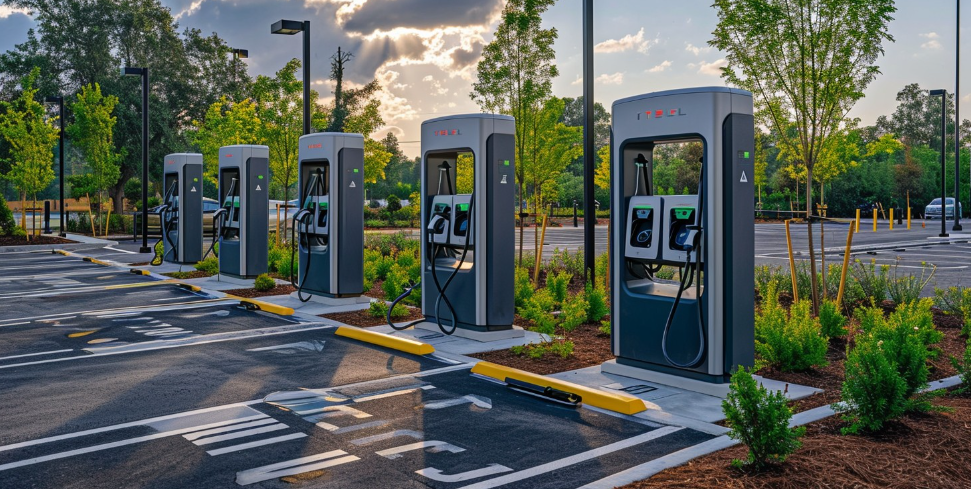New York, 3 October 2025 — The rapid buildout of electric vehicle (EV) charging infrastructure — projected to exceed $100 billion globally by the end of the decade — is transforming the landscape of commercial real estate (CRE), creating both opportunities and challenges for developers, landlords, and investors.
Charging as a Core Amenity
What was once considered a niche feature is now a mainstream expectation. Office parks, retail centers, and multifamily housing developments are increasingly integrating EV chargers as standard amenities. Studies suggest that properties equipped with charging stations can command 3–5% higher valuations and often sell or lease faster than comparable sites without them.
Shifting Tenant and Consumer Behavior
For retail and hospitality, EV chargers are proving to be traffic drivers. Research shows that nearly nine in ten EV drivers make purchases while charging, turning parking lots into revenue-generating spaces. In office and mixed-use developments, tenants are beginning to weigh charging availability alongside traditional considerations such as location and rent.
Infrastructure and Investment Trends
The surge in demand is pushing CRE stakeholders to rethink site design, energy management, and capital allocation. Modular charging systems and smart load-balancing technologies are being deployed to manage peak demand and reduce grid strain. Increasingly, chargers are paired with renewable energy sources such as solar canopies and on-site battery storage, aligning with corporate sustainability goals.
Policy and Regulatory Drivers
Governments worldwide are mandating EV-ready infrastructure in new developments. In markets such as the U.S., EU, and Asia-Pacific, building codes now require a percentage of parking spaces to be EV-capable, accelerating adoption across CRE portfolios.
The Road Ahead
With EV adoption expected to surpass 50% of new car sales in the U.S. by 2030, the integration of charging infrastructure is no longer optional. For CRE, the $100 billion wave of investment represents not just a technological shift but a structural rewiring of property value, tenant expectations, and long-term competitiveness.
Sources: Bisnow.com Acuity Knowledge Partners, ScoopEarth, Pacede.


